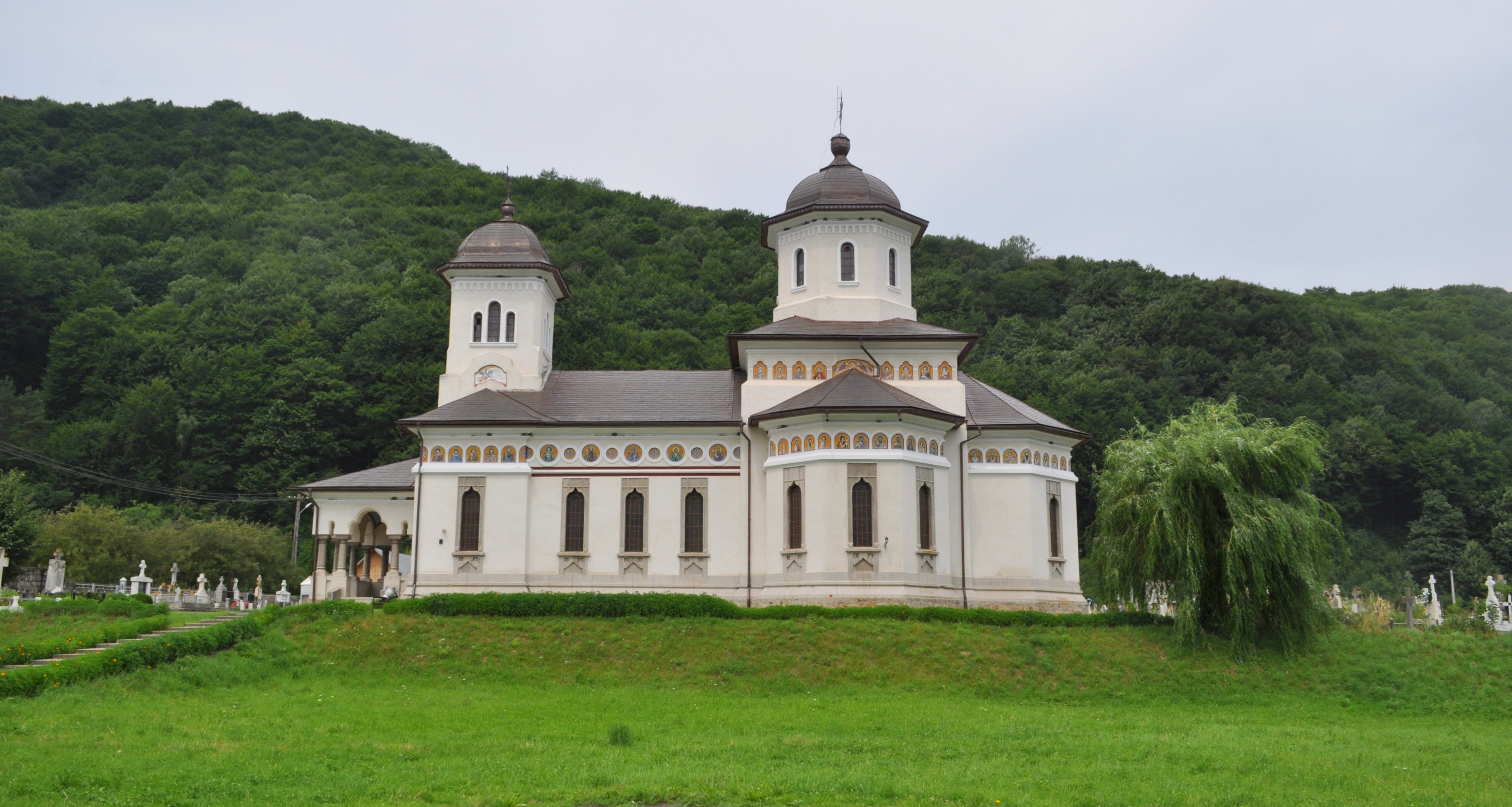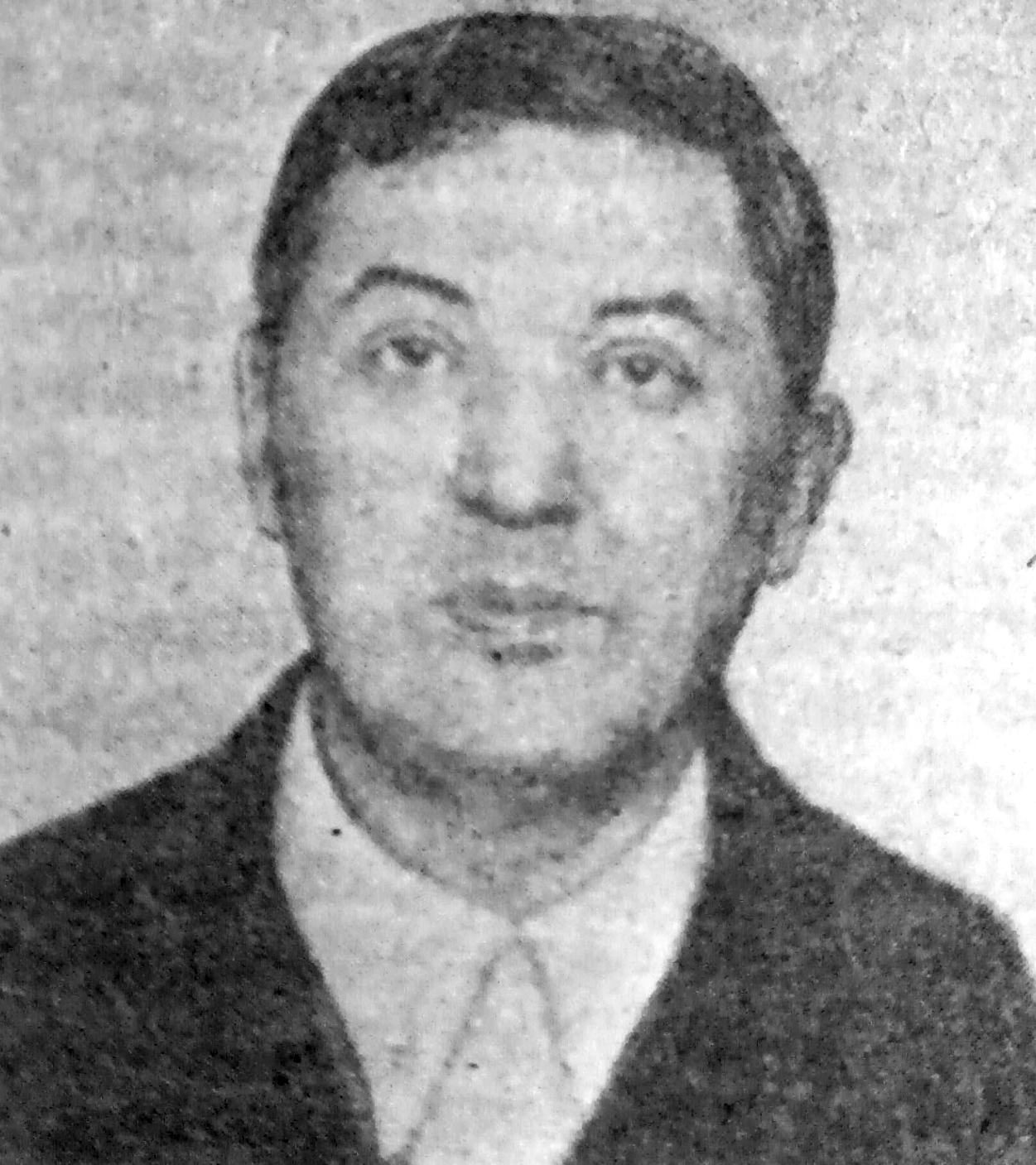|
Poiana Sărată
Oituz (formerly ''Grozești''; hu, Gorzafalva) is a commune in Bacău County, Western Moldavia, Romania. It is composed of six villages: Călcâi (''Zöldlonka''), Ferestrău-Oituz (''Fűrészfalva''), Hârja (''Herzsa''), Marginea, Oituz and Poiana Sărată (''Sósmező''). Oituz was the site of three battles during the First World War: the First, Second, and the Third Battle of Oituz. According to Iorgu Iordan, the commune's name is of Turkic origin; ''otuz'' or ''oltuz'' means "thirty" in some Turkic languages. Poiana Sărată village is part of Transylvania;''Memoriile Secțiilor Științifice'', Romanian Academy, series IV, vol. XXVII, p.171. in Austria-Hungary, it belonged to Háromszék County, and after a reorganization to Trei Scaune County in Romania until 1950. Demographics At the 2002 census, 99.8% of inhabitants were ethnic Romanians and 0.2% Hungarians. 49.2% were Romanian Orthodox, 48.9% Roman Catholic and 1.8% Seventh-day Adventist. Natives *Eugen Cristescu (1 ... [...More Info...] [...Related Items...] OR: [Wikipedia] [Google] [Baidu] |
Bacău County
Bacău County () is a county ( județ) of Romania, in Western Moldavia, with its capital city at Bacău. It has one commune, Ghimeș-Făget, in Transylvania. Geography This county has a total area of . In the western part of the county there are mountains from the Eastern Carpathian group. Here, along the valleys of the Oituz River and Trotuș River, there are two important links between Moldavia and Transylvania. On the East side, the heights decrease and the lowest point can be found on the Siret River valley which crosses the county from North to South down the middle. On the East side there is the Moldavian Plateau crossed by many small rivers. Flora and fauna Bears, wolves, foxes, wild boars, and squirrels inhabit Bacău County's mountains, particularly in its rural Slănic-Moldova region; the remnants of the local deers are preserved in Mănăstirea Cașin. Neighbours *Vaslui County in the East. *Harghita County and Covasna County in the West. *Neamț County ... [...More Info...] [...Related Items...] OR: [Wikipedia] [Google] [Baidu] |
Trei Scaune County
Trei Scaune County is one of the historical counties of the Kingdom of Romania, in the historical region of Transylvania. The county seat was Sfântu Gheorghe. Geography The county covered and was located in the central part of Greater Romania, in the southeast of Transylvania. Its territory comprised a large part of the current territory of Covasna County. It was bordered west by Brașov County, to the north by the counties of Odorhei, Ciuc, and Bacău, to the east by Putna County, and to the south by Buzău County. The county was disbanded with the administrative reform of 6 September 1950. History Prior to World War I, the territory of the county belonged to Austria-Hungary and mostly was identical with the Háromszék County of the Kingdom of Hungary. The territory of Trei Scaune County was transferred to Romania from Hungary as successor state to Austria-Hungary in 1920 under the Treaty of Trianon. After the administrative unification law in 1925, the name of the county re ... [...More Info...] [...Related Items...] OR: [Wikipedia] [Google] [Baidu] |
Aurora Gruescu
Aurora Gruescu (15 May 1914, Oituz – 2005) was the world's first female forestry engineer, as well as the first Romanian person in the Guinness Book. She worked as a forestry engineer for 25 years. She made considerable contributions to the field of forestry, such as the first national afforestation plan, set on 100,000 hectares, as well as the use of chemical controls of pests in the infested forests around Bucharest Bucharest ( , ; ro, București ) is the capital and largest city of Romania, as well as its cultural, industrial, and financial centre. It is located in the southeast of the country, on the banks of the Dâmbovița River, less than north of .... Biography Gruescu was born to the family of teacher Chiriac Dragomir. At the age of 10, she took part in a school trip that aimed to improve students' knowledge of nature. This included a visit to a forest, which had a lasting impact on Gruescu and influenced her decision to later enter forestry. After graduati ... [...More Info...] [...Related Items...] OR: [Wikipedia] [Google] [Baidu] |
Eugen Cristescu
Eugen Cristescu (3 April 1895 – 12 June 1950) was the second head of the Kingdom of Romania's domestic espionage agency, the Secret Intelligence Service (SSI), forerunner of today's SRI, convicted in 1946 as a war criminal. He previously served as head of Siguranța Statului, the secret police. Biography Early life Cristescu was born in Oituz, Bacău County into a large, poor family. His father Ioan was a schoolteacher there, while his mother's main occupation was raising her six sons and three daughters. His brothers were Ioan, chief of staff at the Ilfov County prefecture; Vasile, lieutenant colonel in the personal guard of Marshal Ion Antonescu; Mihai, commissioner at the Bucharest Prefecture; Mircea, employee of the Foreign Ministry's Protocol Service; and Gheorghe, head of the photo identification service and then a director in the Secret Intelligence Service of the Romanian Army, which on 13 November 1940, a day after Eugen became its head, was renamed the Special Inte ... [...More Info...] [...Related Items...] OR: [Wikipedia] [Google] [Baidu] |
Romanian Union Conference Of Seventh-day Adventists
The Romanian Union Conference of Seventh-day Adventists ( ro, Uniunea de Conferințe a Bisericii Adventiste de Ziua a Șaptea din România) is Romania's seventh-largest religious body, part of the worldwide Seventh-day Adventist Church. At the 2011 census, 85,902 Romanians declared themselves to be Seventh-Day Adventists. The church put its own membership at 62,215 in 2020. Ethnically, in 2002, they were 83.5% Romanians, 9.7% Hungarians, 4.9% Roma, 1.4% Ukrainians and 0.5% belonged to other groups. The denomination has 1,185 church buildings and some 340 pastors. It originates in the 19th century and is divided into six local conferences, standing for and named after some of the country's main historical regions: Banat, Northern Transylvania, Southern Transylvania, Moldavia, Muntenia and Oltenia. History In 1868-69 Michał Belina-Czechowski, a former Roman Catholic priest who had embraced Adventism in the United States, arrived at Pitești and introduced Seventh-Day Adventist do ... [...More Info...] [...Related Items...] OR: [Wikipedia] [Google] [Baidu] |
Roman Catholic
Roman or Romans most often refers to: *Rome, the capital city of Italy *Ancient Rome, Roman civilization from 8th century BC to 5th century AD *Roman people, the people of ancient Rome *'' Epistle to the Romans'', shortened to ''Romans'', a letter in the New Testament of the Christian Bible Roman or Romans may also refer to: Arts and entertainment Music * Romans (band), a Japanese pop group * ''Roman'' (album), by Sound Horizon, 2006 * ''Roman'' (EP), by Teen Top, 2011 *" Roman (My Dear Boy)", a 2004 single by Morning Musume Film and television * Film Roman, an American animation studio * ''Roman'' (film), a 2006 American suspense-horror film * ''Romans'' (2013 film), an Indian Malayalam comedy film * ''Romans'' (2017 film), a British drama film * ''The Romans'' (''Doctor Who''), a serial in British TV series People *Roman (given name), a given name, including a list of people and fictional characters *Roman (surname), including a list of people named Roman or Romans *Ῥωμ� ... [...More Info...] [...Related Items...] OR: [Wikipedia] [Google] [Baidu] |
Romanian Orthodox
The Romanian Orthodox Church (ROC; ro, Biserica Ortodoxă Română, ), or Patriarchate of Romania, is an autocephalous Eastern Orthodox church in full communion with other Eastern Orthodox Christian churches, and one of the nine patriarchates in the Eastern Orthodox Church. Since 1925, the church's Primate bears the title of Patriarch. Its jurisdiction covers the territories of Romania and Moldova, with additional dioceses for Romanians living in nearby Serbia and Hungary, as well as for diaspora communities in Central and Western Europe, North America and Oceania. It is the only autocephalous church within Eastern Orthodoxy to have a Romance language for liturgical use. The majority of Romania's population (16,367,267, or 85.9% of those for whom data were available, according to the 2011 census data), as well as some 720,000 Moldovans, belong to the Romanian Orthodox Church. Members of the Romanian Orthodox Church sometimes refer to Orthodox Christian doctrine as ''Dreapta cr ... [...More Info...] [...Related Items...] OR: [Wikipedia] [Google] [Baidu] |
Hungarians
Hungarians, also known as Magyars ( ; hu, magyarok ), are a nation and ethnic group native to Hungary () and historical Hungarian lands who share a common culture, history, ancestry, and language. The Hungarian language belongs to the Uralic language family. There are an estimated 15 million ethnic Hungarians and their descendants worldwide, of whom 9.6 million live in today's Hungary. About 2–3 million Hungarians live in areas that were part of the Kingdom of Hungary before the Treaty of Trianon in 1920 and are now parts of Hungary's seven neighbouring countries, Slovakia, Ukraine, Romania, Serbia, Croatia, Slovenia, and Austria. Significant groups of people with Hungarian ancestry live in various other parts of the world, most of them in the United States, Canada, Germany, France, the United Kingdom, Chile, Brazil, Australia, and Argentina. Hungarians can be divided into several subgroups according to local linguistic and cultural characteristics; subgroups with distinc ... [...More Info...] [...Related Items...] OR: [Wikipedia] [Google] [Baidu] |
Romanians
The Romanians ( ro, români, ; dated exonym ''Vlachs'') are a Romance languages, Romance-speaking ethnic group. Sharing a common Culture of Romania, Romanian culture and Cultural heritage, ancestry, and speaking the Romanian language, they live primarily in Romania and Moldova. The Demographic history of Romania#20 October 2011 census, 2011 Romanian census found that just under 89% of Romania's citizens identified themselves as ethnic Romanians. In one interpretation of the 1989 census results in Moldova, the majority of Moldovans were counted as ethnic Romanians.''Ethnic Groups Worldwide: A Ready Reference Handbook By'' David Levinson (author), David Levinson, Published 1998 – Greenwood Publishing Group.At the time of the 1989 census, Moldova's total population was 4,335,400. The largest nationality in the republic, ethnic Romanians, numbered 2,795,000 persons, accounting for 64.5 percent of the population. Source U.S. Library of Congress "however it is one interpreta ... [...More Info...] [...Related Items...] OR: [Wikipedia] [Google] [Baidu] |
Háromszék County
Háromszék (''Three Seats''; Romanian: ''Trei Scaune'') was an administrative county (comitatus) of the Kingdom of Hungary. Situated in south-eastern Transylvania, its territory is now in central Romania (in the counties of Covasna, Brașov and Bacău). The capital of the county was Sepsiszentgyörgy (now Sfântu Gheorghe). Geography Háromszék county shared borders with Romania and the Hungarian counties Csík, Udvarhely, Nagy-Küküllő, and Brassó. The river Olt flowed through the county. The Carpathian Mountains formed its southern and eastern border. Its area was around 1910. History Háromszék means "three seats". Háromszék County was a combination of three seats of the Székelys: Kézdiszék, Orbaiszék, and Sepsiszék (plus some villages of the former Felső-Fehér County). The county was formed in 1876, when the administrative structure of Transylvania was changed. In 1920, under the Treaty of Trianon, the county became part of Romania under the name Trei S ... [...More Info...] [...Related Items...] OR: [Wikipedia] [Google] [Baidu] |





